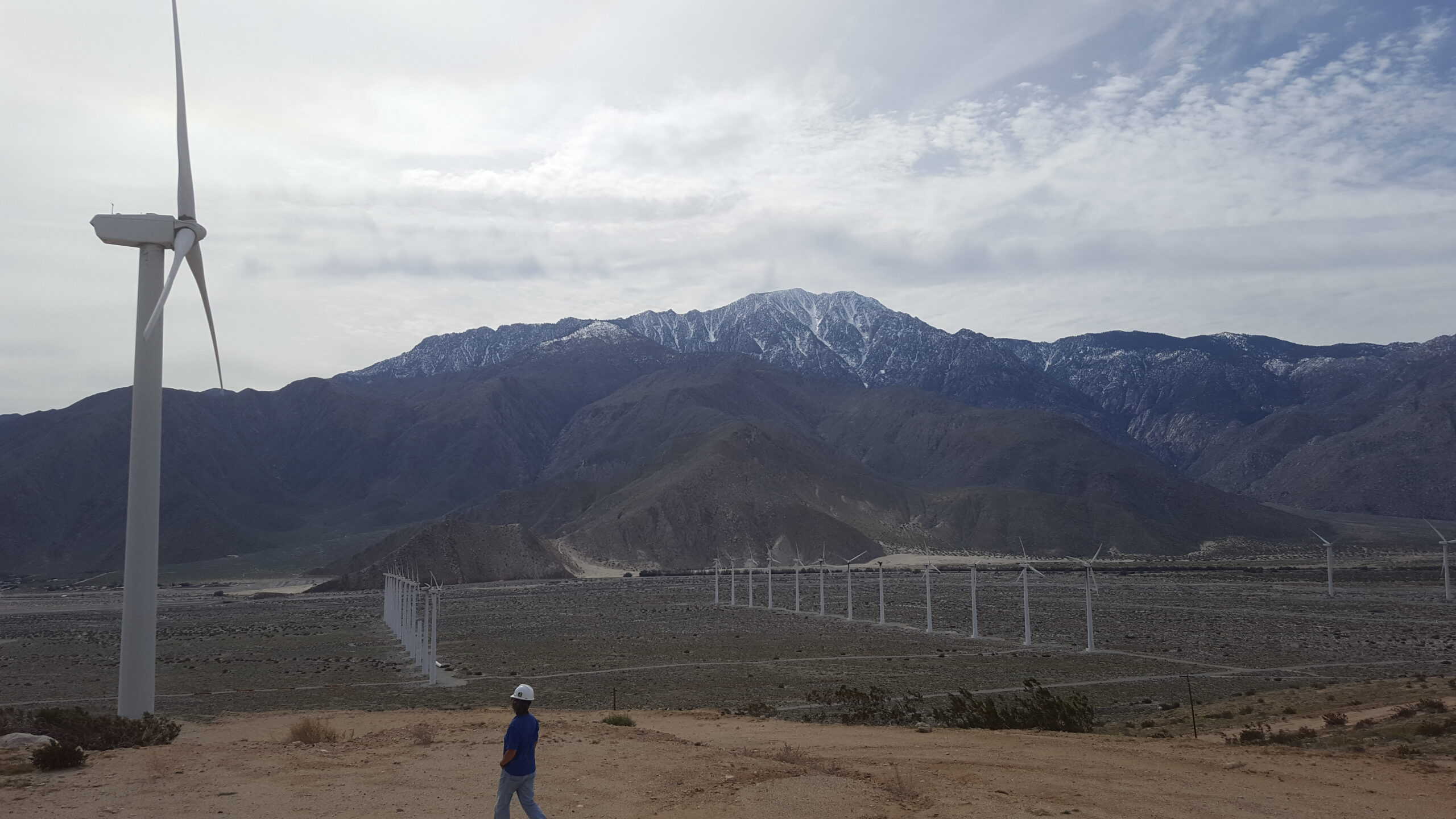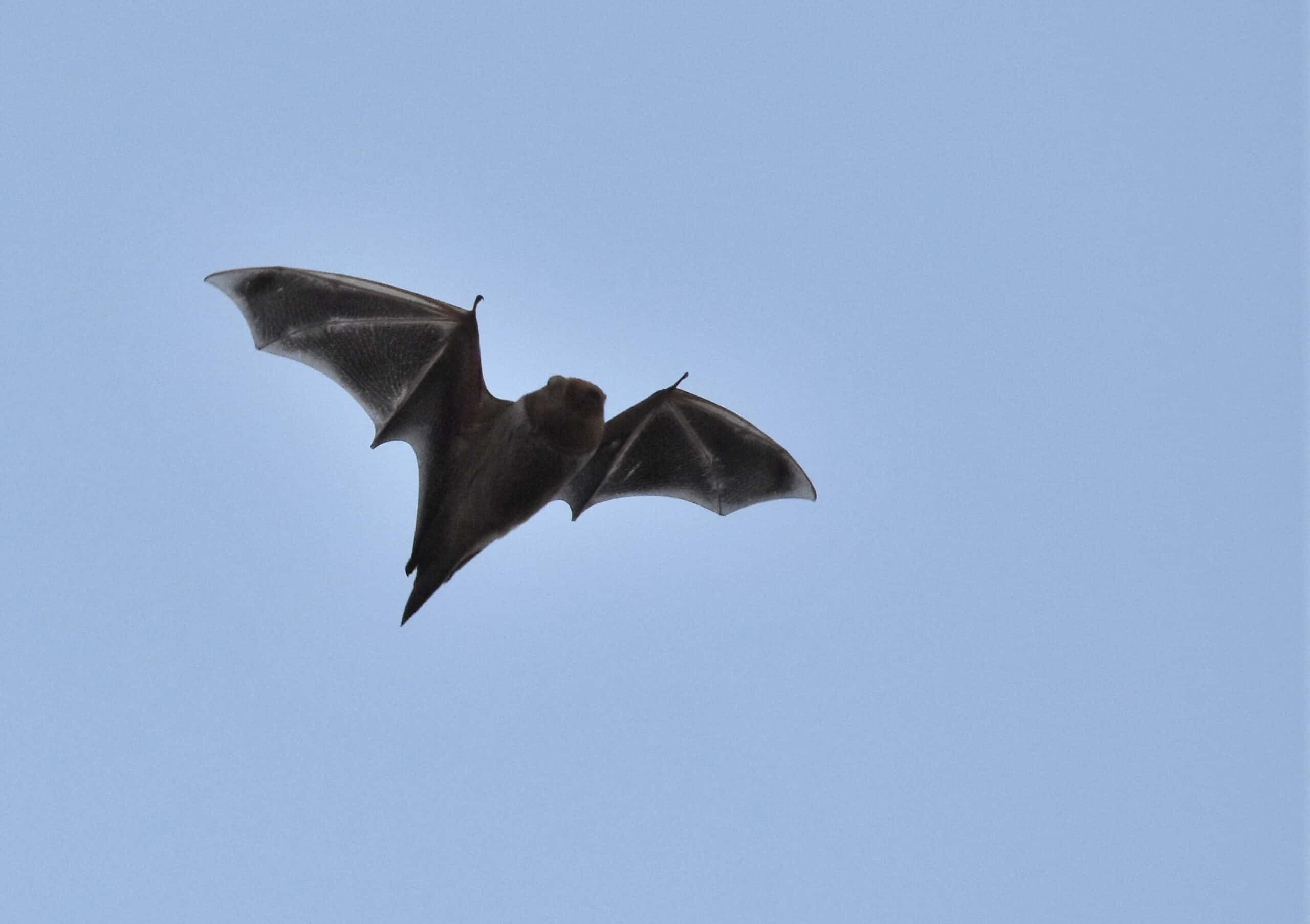Share this article
Wildlife Featured in this article
- Hoary bat
Researchers spot hoary bat over proposed wind energy area
It’s the first known hoary bat sighting over the open sea
On a research cruise focused on marine mammals and seabirds, Oregon State University scientists earned an unexpected bonus: the first-ever documented sighting of a hoary bat flying over the open ocean.
The bat was seen in the Humboldt Wind Energy Area, about 30 miles off the Northern California coast. The Humboldt area has been leased for potential offshore energy development, and the hoary bat (Lasiurus cinereus) is the species of bat most frequently found dead at wind power facilities on land.
OSU faculty research assistant Will Kennerley, the first to see the bat, and colleagues documented the sighting in a paper in the Journal of North American Bat Research.
Kennerley and Oregon State marine ecologist Leigh Torres were taking part in the MOSAIC Project, which studies seabirds and marine mammals around potential offshore wind energy areas.
“This demonstrates the value of having observers out on the water ready and able to document unexpected observations like this,” Kennerley said. “I think surprises like this are one of the most exciting parts of doing science.”
Header Image: Researchers make the first known sighting of a hoary bat at sea, over the Humboldt Wind Energy Area. Credit: Will Kennerley, courtesy the MOSAIC Project








